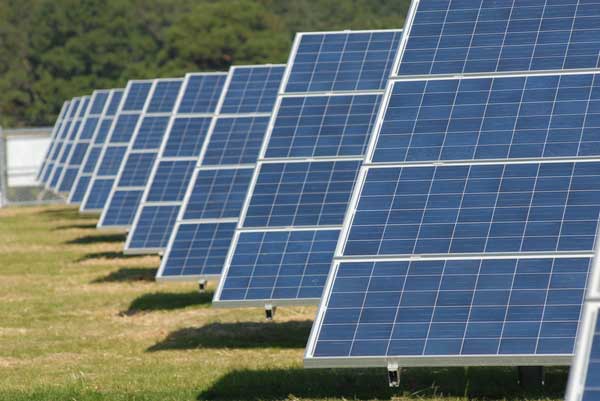
 A new policy brief finds that the closing of five nuclear reactors is impeding America’s ability to reduce carbon emissions. The illustration above represents the status of US nuclear power plants, including recently retired and now retired facilities, as of September 2013. Credit: US Energy Information Administration, Wikimedia Commons.
A new policy brief finds that the closing of five nuclear reactors is impeding America’s ability to reduce carbon emissions. The illustration above represents the status of US nuclear power plants, including recently retired and now retired facilities, as of September 2013. Credit: US Energy Information Administration, Wikimedia Commons.
New data suggests that America’s efforts, however earnest, to make its energy cleaner and greener are actually impeding its ability to reduce harmful carbon emissions.
According to a policy brief by the Center for Climate and Energy Solutions (C2ES), which examines the role of nuclear power in the United States, the closures or impending closures of US nuclear facilities are making it more difficult to meet climate goals, including a 17-percent reduction in CO2 emissions by 2020. (As we reported recently, China is already set to meet its 2020 goals. America, on the other hand, has seen a seven-percent reduction in emissions erased, putting its footprint-reducing plan that much further off course.)
Nuclear power (which, despite closings and controversy, just received a $6.5-billion shot in the arm in Georgia) currently supplies more than 60 percent of zero-carbon electricity in the country.
“Losing more of our existing nuclear fleet will make it that much tougher to meet our carbon reduction goals,” says C2ES President Eileen Claussen in a press release. “We need to keep ramping up renewables, but they can’t meet our need for reliable power 24/7. Nuclear is a baseload source and it’s carbon-free—two things we need.”
Sixteen natural gas combined cycle power plants would be needed to replace the energy generated from the five nuclear reactors retired since October 2012, according to the brief. Those 16 plants would provide baseload power—as well as a whopping 12 million metric tons of carbon dioxide each year. Renewables like wind (7,600 turbines) and solar (3.7 million solar rooftop panels) could get the job done without increasing carbon emissions, but couldn’t provide baseload power for the amount of electricity needed. According to C2ES, electricity accounts for close to a third of the country’s total greenhouse gas emissions.
So why are nuclear plants closing?
Controversy for one. In a post-Fukushima world, increased regulation, opposition, and uncertainty make nuclear, no matter how clean, an expensive date. Given its increased cost, as well as a decrease in the price of natural gas and increased use of wind energy, nuclear needs to put up quite the fight to stay competitive.
“The best way to advance low-carbon solutions, including nuclear power, is to put a price on carbon,’’ Claussen says. “A comprehensive national approach is unlikely any time soon. But if well designed, the carbon standards EPA will soon propose for existing power plants could drive market-based programs at the state and regional level that could help maintain the existing nuclear fleet.”
If you’d like to read the brief in full, click here. To view an accompanying infographic, head here.
Feature Image credit: Maryland GovPics on Flickr (Creative Commons License).
